Hidden for over 2,000 years, the Terracotta Army of China’s first emperor, Qin Shi Huang, stands as one of the most astonishing archaeological discoveries in history. Unearthed in 1974 by farmers digging a well, this vast collection of life-sized clay warriors has captivated the world ever since.
The army, created to protect the emperor in the afterlife, offers a glimpse into ancient Chinese culture, artistry, and military might. From the intricate details of each soldier to the scale of the entire project, the Terracotta Army continues to reveal secrets about one of the world’s greatest civilisations.
No Two Warriors Are Alike
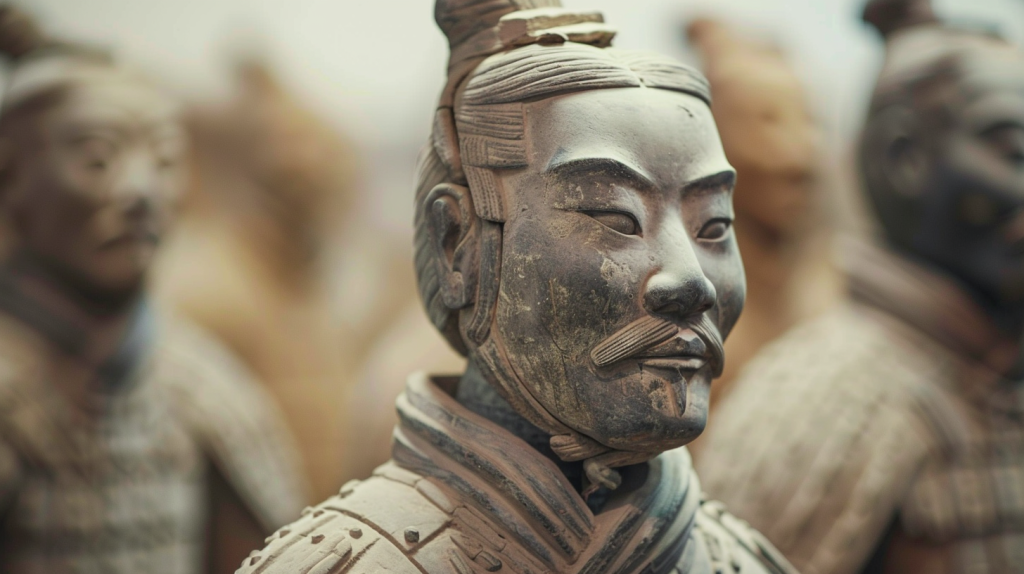
Every single warrior in the Terracotta Army is unique. Each figure has distinct facial features, hairstyles, and expressions. The artists who created these warriors used real people as models, capturing a diverse array of ancient Chinese faces. This attention to detail makes the Terracotta Army a remarkable snapshot of the people of the Qin Dynasty. Experts believe that the facial features represent individuals from various regions of the empire, showcasing the diversity of Qin Shi Huang’s vast territory.
The Army Is Massive
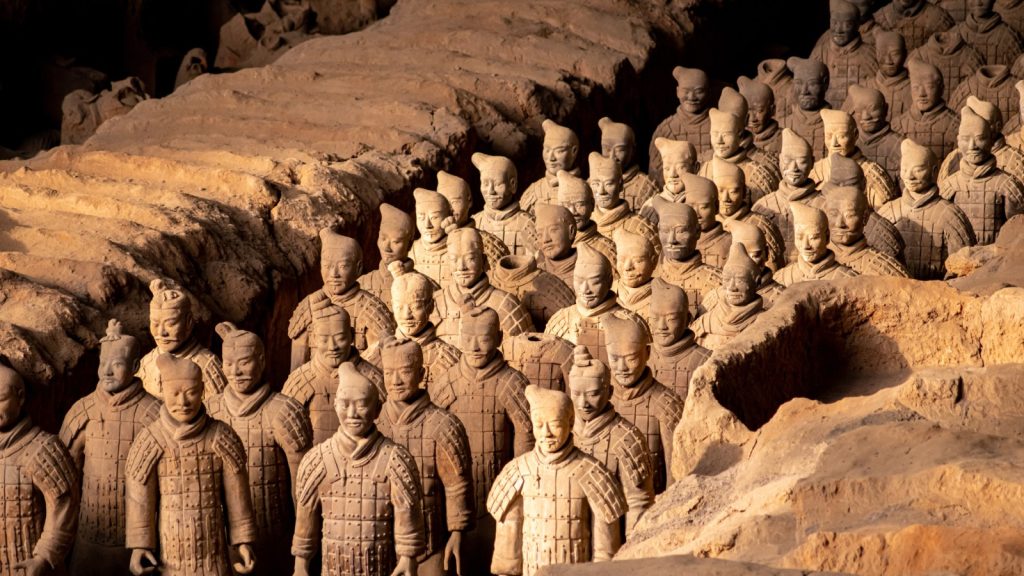
The Terracotta Army consists of over 8,000 soldiers, 130 chariots, 520 horses, and 150 cavalry horses. This enormous force was meant to protect Emperor Qin Shi Huang in the afterlife. The sheer scale of the army is mind-boggling, especially considering it was all created by hand over 2,000 years ago. Remarkably, it’s estimated that only about 1,000 warriors have been excavated so far, suggesting that the majority of the army still lies buried.
They Were Once Brightly Coloured

When first created, the Terracotta Warriors were painted in vibrant colours. Traces of pink, red, green, blue, and purple pigments have been found on the figures. Sadly, most of the colour faded quickly upon exposure to air and light after the warriors were unearthed. Scientists are working on ways to preserve what little colour remains. The pigments used were derived from various minerals and were mixed with a binder to adhere to the clay surface.
The Discovery Was Accidental

The Terracotta Army was discovered by local farmers who were digging a well in 1974. They stumbled upon fragments of terracotta and bronze arrowheads. This chance discovery led to one of the most significant archaeological finds of the 20th century. The farmers’ names are Yang Zhifa, Yang Yanxin, and Yang Quanyi. Interestingly, Yang Zhifa later worked at the museum site, signing autographs for visitors until his retirement.
Each Warrior Weighs Over 300 Kilograms

Despite being hollow, each Terracotta Warrior weighs between 300 to 400 kilograms. The figures were made from local clay using moulds for the bodies and legs. The heads, arms, and hands were sculpted individually and attached later. This combination of mass production and individual craftsmanship allowed for both efficiency and uniqueness. The hollow design not only made the figures lighter but also prevented them from collapsing under their own weight during the firing process.
The Army Includes Musicians and Acrobats
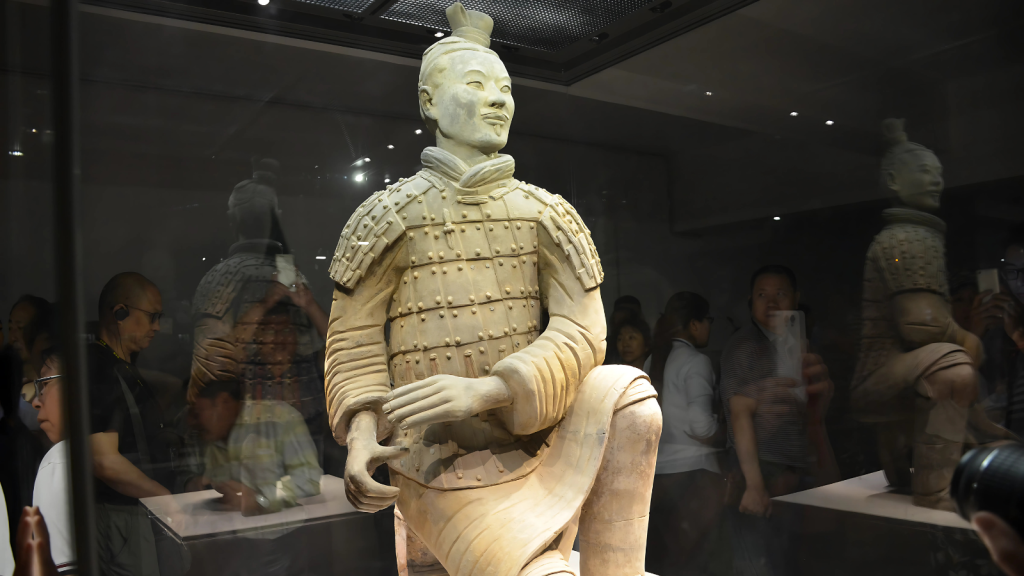
It’s not all soldiers in this terracotta force. The army includes figures of musicians, acrobats, and even government officials. These non-military figures were included to provide entertainment and administrative support in the afterlife. Their presence gives us insight into the diverse roles valued in ancient Chinese society. Among the musical instruments depicted are bells, drums, and a unique instrument called a se, a 25-stringed zither.
The Warriors’ Weapons Were Deadly Sharp

When discovered, many of the Terracotta Warriors held real weapons, including swords, spears, and crossbows. These bronze weapons were found to be in excellent condition and still sharp after over two millennia. The preservation of these weapons was due to a protective chromium coating, a technology thought to have been developed much later in history. Analysis of the weapons has revealed that they were produced in government factories with standardized quality control, indicating a sophisticated level of mass production in ancient China.
It Took 700,000 Workers to Create

Historical records suggest that around 700,000 workers were involved in creating the Terracotta Army and Emperor Qin’s entire mausoleum complex. This massive undertaking took about 40 years to complete. Many of the workers were convicts or slaves, and some were even buried alive with the emperor to keep the tomb’s secrets. Recent studies of the workers’ remains have revealed that many suffered from arthritis and other physical ailments, likely due to the demanding nature of their work.
The Army Faces East

The entire Terracotta Army is positioned facing east, towards the territories of the emperor’s former enemies. This orientation was likely chosen to defend against potential threats in the afterlife. The careful positioning of each figure demonstrates the strategic thinking behind the army’s creation. The eastward orientation also aligns with traditional Chinese beliefs about the afterlife, as the east is associated with new beginnings and rebirth.
There’s More Than One Pit

While the main pit containing the bulk of the Terracotta Army is the most famous, there are actually four pits in total. Three have been excavated, with the fourth left untouched. Each pit serves a different purpose in the emperor’s afterlife military strategy. Pit 1 is the largest and contains the main army. The second pit is thought to represent a military guard, while the third pit is believed to be a command post. The purpose of the fourth, unexcavated pit remains a mystery.
The Tomb Itself Remains Unopened

Despite the extensive excavation of the Terracotta Army, Emperor Qin Shi Huang’s actual tomb remains sealed. Ancient writings describe rivers of mercury and booby traps protecting the emperor’s body. Modern tests have indeed detected high levels of mercury in the soil around the tomb mound, lending credence to these accounts. Ground-penetrating radar and other non-invasive technologies have revealed that the tomb chamber is about 30 meters below the surface and appears to be intact.
Each Figure Has Unique Hairstyles

The hairstyles of the Terracotta Warriors are incredibly diverse and detailed. There are at least 10 different hairstyles represented among the figures. These hairstyles correspond to the ranks and roles of the warriors, providing valuable information about military fashion and hierarchy in ancient China. Some warriors sport topknots, while others have intricate braids or flat caps, each style indicating a specific rank or function within the army.
Some Warriors Are Headless
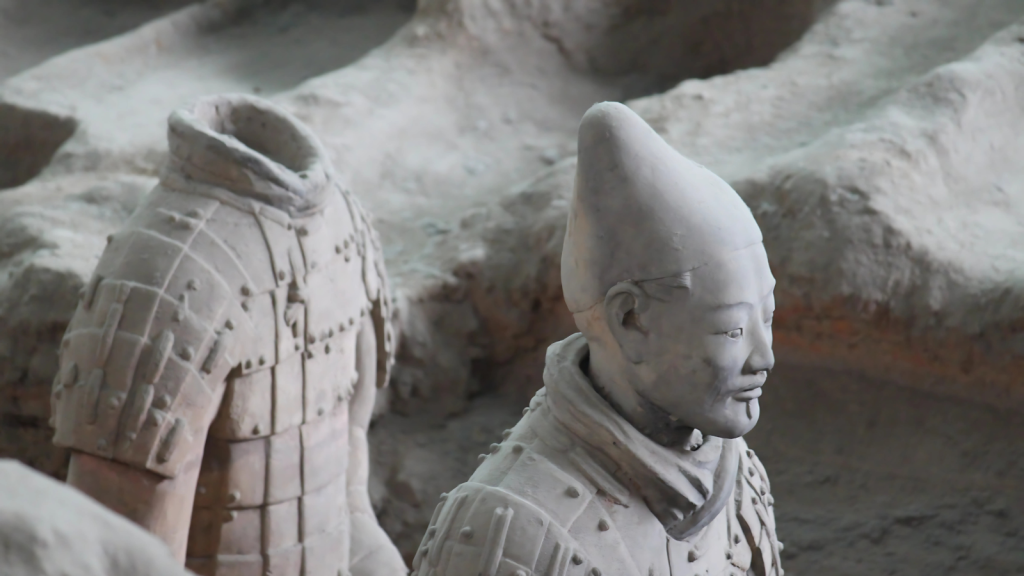
Many of the Terracotta Warriors were found with their heads detached. This wasn’t due to damage over time, but rather to the original construction method. The heads were made separately and attached to the bodies with slips of clay. Over time, as the clay deteriorated, many heads became loose and fell off. This modular construction technique allowed for greater variety in facial features and expressions, contributing to the individuality of each warrior.
The Site Is Massive

The entire mausoleum complex, including the Terracotta Army, covers an area of 98 square kilometres. This is larger than some small countries. The complex includes not just the warrior pits, but also stables, offices, and even a replica of the imperial palace. It’s essentially an entire city built for the afterlife. Satellite imagery and geophysical surveys have revealed that the complex is laid out in a grid pattern, mirroring the urban planning of the Qin capital, Xianyang.
New Discoveries Are Still Being Made
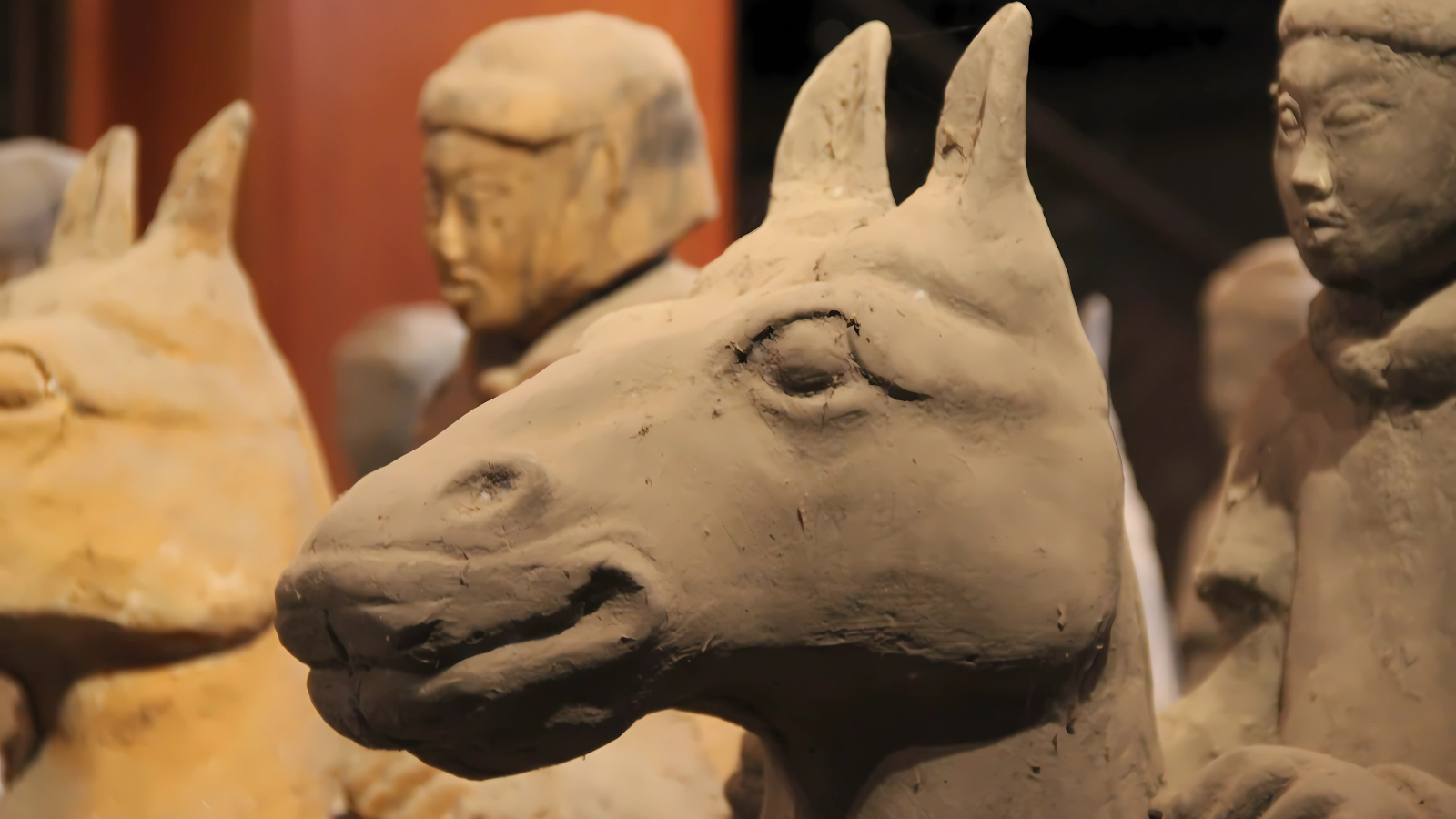
Even after decades of excavation, archaeologists continue to make new discoveries at the site of the Terracotta Army. In 2016, more than 200 new terracotta warriors were unearthed, along with 12 clay horses and a number of weapons. These ongoing discoveries show that there’s still much to learn about this ancient wonder. Recent finds include terracotta musicians, waterfowl, and even terracotta armor, expanding our understanding of the complexity and detail of Qin Shi Huang’s necropolis.
18 Everyday Things Amish Women Aren’t Allowed to Do

The Amish culture is known for its simple way of life and adherence to traditional values. While this lifestyle may seem appealing to some, there are certain restrictions that Amish women face that most modern women do not. Take a look at these things that we take for granted that are off-limits to Amish women.
Read More: 18 Everyday Things Amish Women Aren’t Allowed to Do
These 23 Titanic Facts That Will Make You See the Tragedy in a New Light

The Titanic, perhaps the most legendary ship ever, was a masterpiece of early 20th-century engineering, funded by American tycoon J.P. Morgan and constructed at the Harland and Wolff Shipyard. Thanks to the movie and other works of popular fiction, any people think they know everything there is to know about the Titanic, but they’re wrong.
Read More: These 23 Titanic Facts That Will Make You See the Tragedy in a New Light
What Meg Got Wrong About Megalodons and 27 Other Fascinating Facts About These Colossal Prehistoric Sharks

The megalodon, a massive predator that once ruled the seas, has been extinct for millions of years. Its scientific name, Otodus megalodon, means “giant tooth,” reflecting the enormous size of its teeth, which are far larger than those of today’s great white sharks. The discovery of these teeth has given us valuable information about the megalodon’s life and extinction.
Katy Willis is a writer, master herbalist, master gardener, and certified canine nutritionist who has been writing since 2002. She’s finds joy in learning new and interesting things, and finds history, science, and nature endlessly fascinating.

